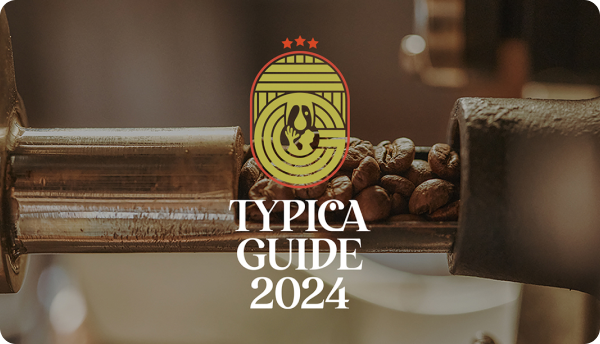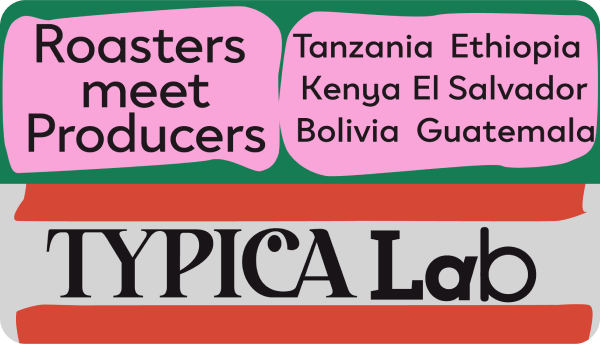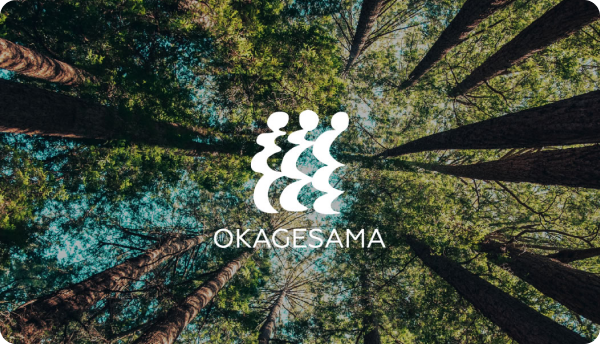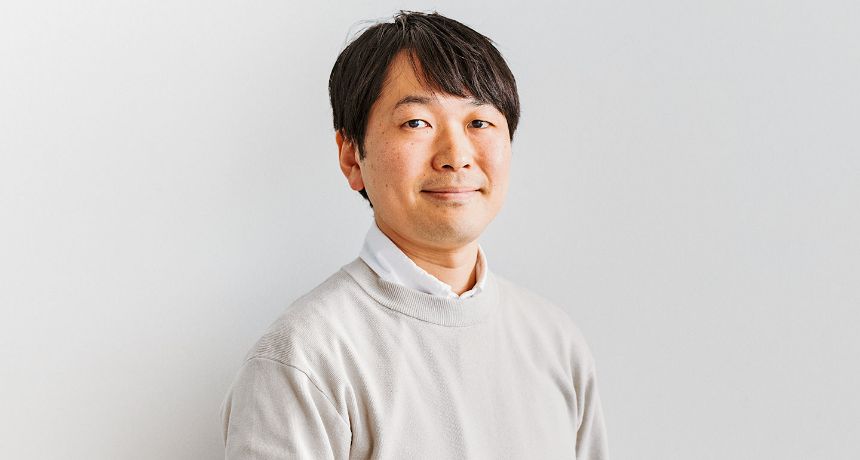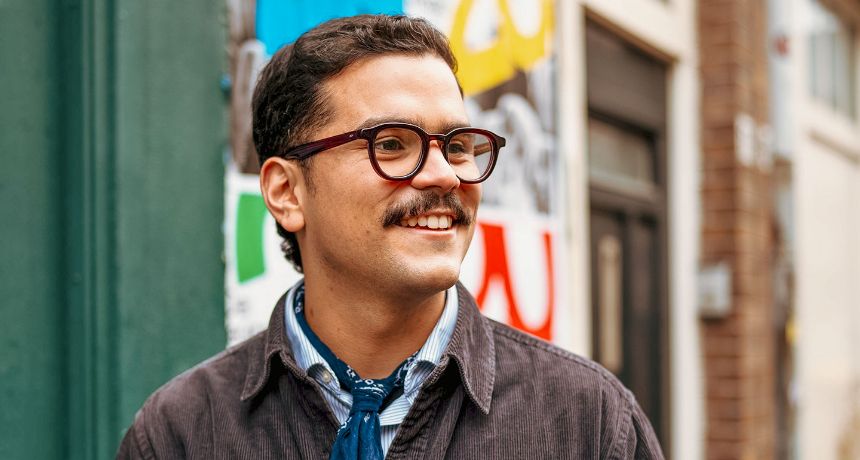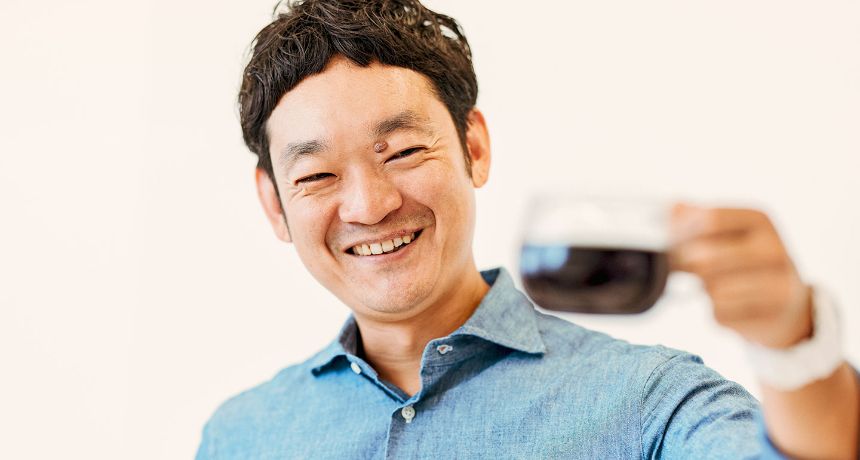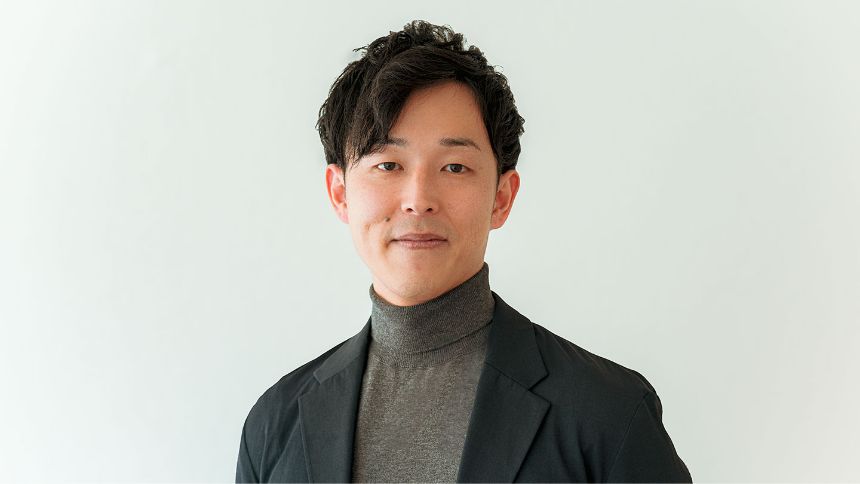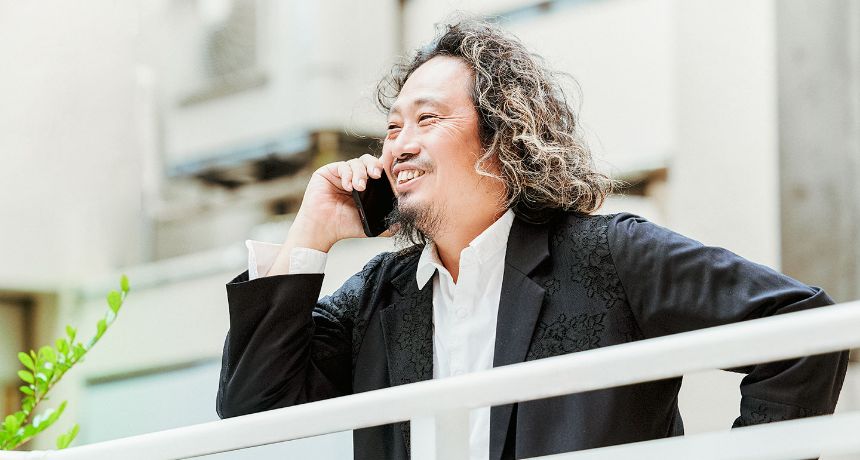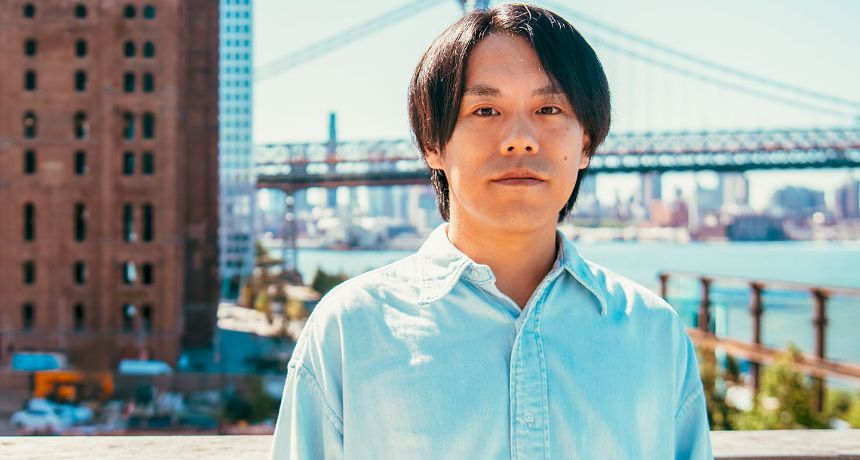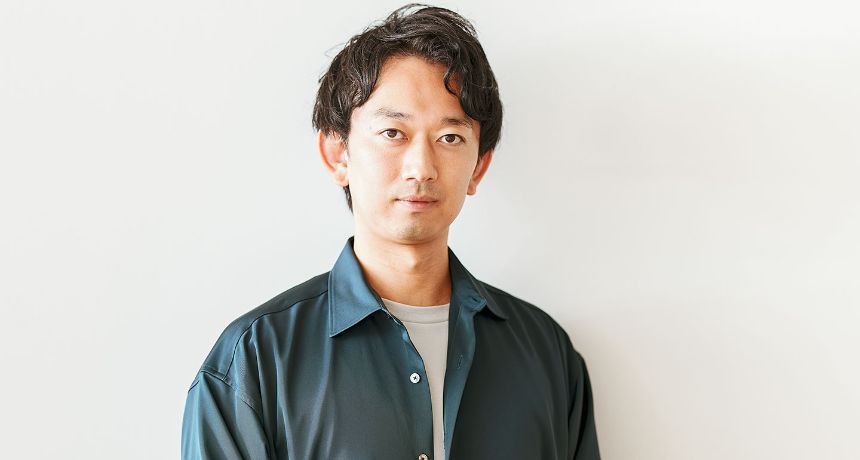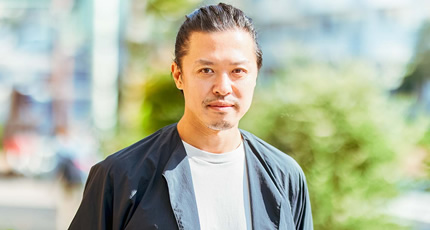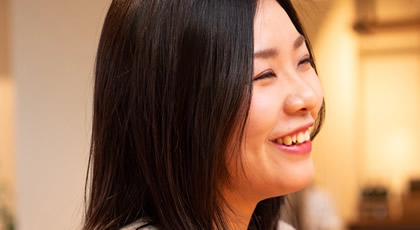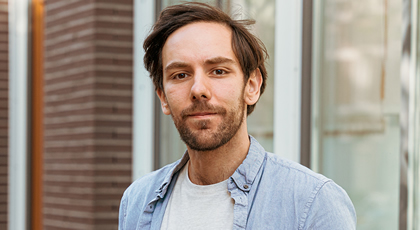
Making Everyone Happy: Pursuing a Realistic Ideal
TYPICA has a team of coffee experts with extensive industry experience. Among them is Kazuto Nagai, who manages quality control and coordinates with major and mid-sized coffee companies.
For 13 years, Nagai worked at Camel Coffee, primarily handling green coffee sourcing and quality control. He also took part in developing new products, such as a coffee series that directly connects producers and consumers. While he found his work fulfilling enough, he remained troubled by persistent supply-chain dilemmas – concerns that eventually led him to join TYPICA.

Building a system where no one has to lose
Not all coffee producers face the same conditions. Large estate owners may live comfortably, but that doesn’t mean their workers do. For many small-scale producers, even covering day-to-day expenses can be a struggle.
At the same time, buyers can’t just pay whatever price producers want. That would drive up retail prices, making coffee less accessible to consumers. As long as we live in a capitalist society, this tension is inescapable. Throughout his years at his previous company, Nagai constantly faced that dilemma.
“I developed high-value-added products like their ‘producer-to-consumer’ coffee series and kept asking myself how both sides of the supply chain could be satisfied. But market fluctuations unrelated to production costs push offer prices up and down, forcing retailers to compete on those shifts. No matter what I tried, I couldn’t find an answer that truly made sense.”
Nagai believed that if the entire supply chain were more efficient, coffee could be sold at prices closer to its actual production cost – benefiting both growers and consumers. In 2020, after 13 years at Camel Coffee, he left to join a food distribution company (Company A) that tackled inefficiencies across the supply chain. He worked on a product development project there before moving on to TYPICA.
“They used digital tools to gather detailed customer data, aiming to reduce food waste and cut down on developing products that never hit the shelves. But I realized we needed suppliers’ cooperation, such as asking them to lower prices – and that required buy-in from every part of the chain. Even so, learning about a business model that can streamline the supply chain and keep final prices low was a valuable discovery.”

Enjoying the Diversity of Coffee
Coffee trading is often described as a relationship-driven business, shaped by personal connections and emotions. Because coffee is an agricultural crop with unstable yields and volatile market prices, trust between people becomes a crucial stabilizing factor.
“Twelve years ago, I was in Brazil studying for a certification alongside some producers. Recently, I ran into one of them for the first time in ages. At first, neither of us recognized each other – our faces had changed – but as we talked, our memories came rushing back. When he said, ‘I’m glad you returned to the coffee industry,’ I felt a profound sense of gratitude. It might sound presumptuous, but it sparked a real desire in me to contribute in any way I could.”
What makes coffee so special, in my opinion, is that its value and flavor reflect the producer’s personality, philosophy, way of life, and approach to work. It might also be because I’ve visited coffee origins as a buyer and spent time with producers directly. If they choose a variety suited to their land, try out a new processing method, or factor in environmental issues – every element of that background contributes to how the coffee ultimately tastes.
The SCA has recently been advocating evaluation methods that go beyond cupping scores, and I think it’ll become standard in the specialty coffee scene. That’s why coffee has such a broad appeal compared to other food and beverages.”

Yet, his passion for coffee didn’t blossom right away. Despite his current deep involvement, it wasn’t until after he joined Camel Coffee that he realized how remarkable coffee could be. In 2009, he tasted Panama Geisha for the first time:
Before that, he rarely visited cafés and had never considered how origin or variety could dramatically affect flavor. His interest was basically a vague notion that “working with coffee seemed cool.” Since he loved food, he pursued jobs in that sector and eventually joined Camel Coffee.
However, the person who interviewed him had a specific reason for hiring him. Once he joined the company, that interviewer, who became his supervisor, told him:
“You can always develop your ability to differentiate coffee flavors after you start. But what really matters is the ‘taste library’ you build by eating a wide range of foods because that’s something you can’t pick up later.”
Looking back, Nagai sees how his early food experiences shaped his palate. As a child, he tried the exotic dishes his parents ate, and he developed a taste for matcha and coffee at a young age. While he had certain dislikes, he was never afraid to try unfamiliar foods. If someone asked, “Do you want to taste this?” he’d usually say, “Sure, why not?”
During college, he poured time and money into exploring various eateries. When he became hooked on soup curry, he tried everything from big chains to tiny independents, not caring about popularity or reputation.
“I just loved going to different places. It wasn’t about finding a favorite flavor, more about noticing how even the same dish could taste different. Sometimes I’d realize the flavor had changed a bit since my last visit. Maybe I love variety, maybe I’m curious, or maybe I just get bored easily… In any case, I was never loyal to one store or one specific flavor.”
This habit turned out to be a major asset in his job. At Camel Coffee, Nagai was responsible for maintaining the flavor consistency of the blend. He had to separate personal preference from professional judgment and store each flavor in his memory as objectively as possible. The same skill was crucial when cupping at origin. Coffee flavor couldn’t just be summarized in scores or flavor comments; he needed to capture the entire experience in his mind.

A once-distant dream
In August 2024, TYPICA introduced the New Model with a key innovation: the Wishlist. This feature lets buyers publicly post their desired coffee varieties, processing methods, and price ranges, all visible to producers worldwide. Producers can then send tailored offers in response, reducing information asymmetry and opening the door to more equitable, transparent transactions.
“By using IT to deliver demand data directly to producers, we can streamline the supply chain and eliminate wasteful inefficiencies. On top of that, we’re taking on the challenge of reshaping the industry by securing funding from VCs and other investors. Even before I joined TYPICA – and still now – my impression hasn’t changed: this is a company unafraid to break out of conventional frameworks.
I’ve wanted to create a world where everyone in the supply chain – producers, roasters, everyday consumers, even exporters and warehouse operators – can feel fully satisfied. I’d been picturing that ever since my previous job, though in the back of my mind, I knew it sounded a bit idealistic.
At TYPICA, though, I feel like we can actually chase that ideal, and we’re getting closer to making it real. It’s been about 20 years since specialty coffee first arrived in Japan and secured a portion of the market, but there’s still so much room for growth. I believe TYPICA could be a catalyst for expanding that space. Looking back, I do wonder if I could’ve changed more at Camel Coffee had I taken the initiative to reform the supply chain. Maybe the outcome would’ve been different.”

In practice, negotiations with mid- to large-scale roasters often aren’t straightforward. The main concerns revolve around risk: “Can this model guarantee a stable supply?” “What if the expected quality or quantity isn’t available?” “Is there a fallback option if something goes wrong?” Such doubts stem from departing from established methods or company policies, leading to pushback.
“There’s no one-size-fits-all solution, so first we have to understand each company’s concerns. At the same time, we need to encourage them to take ownership and to see that, sometimes, it’s worth taking risks to achieve something bigger.
Coffee, being an agricultural product, always carries risks. Buyers worry about inconsistent quality, producers fear underselling volumes, and logistics can fail when ships don’t arrive on schedule. These problems are common, but if you have a transparent direct trade model rooted in trust, you can identify the cause and work on improvements.
Because there aren’t many success stories yet, companies hesitate. That’s why I want to share real examples of how direct trade opens new possibilities, so more businesses will take that first step.”
If you didn’t know rockets existed, the idea of going to the moon would seem like pure fantasy. But once you learn that people are actively building and testing rockets, that dream feels more real. For Nagai, TYPICA is just such a rocket – the means to make his long-held vision achievable.
“TYPICA has set a bold goal: distributing 33% of the world’s Arabica coffee through its platform. At first glance, that sounds crazy. But instead of wondering whether it’s possible, we should act if there’s a way to make it happen. So, yes, I call it a dream, but it doesn’t feel far-fetched. It feels real. And that’s why I chose to work here.”

